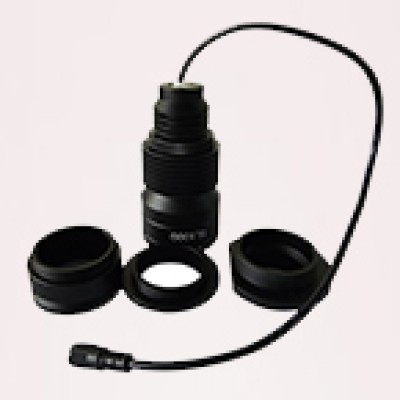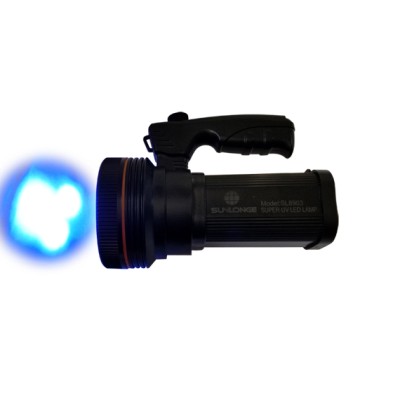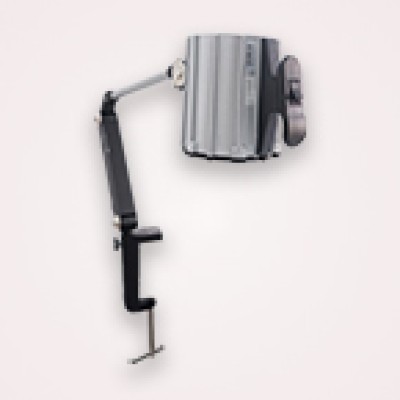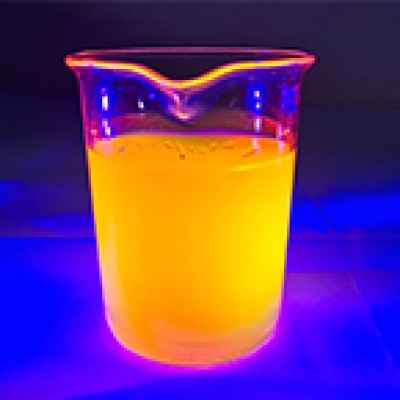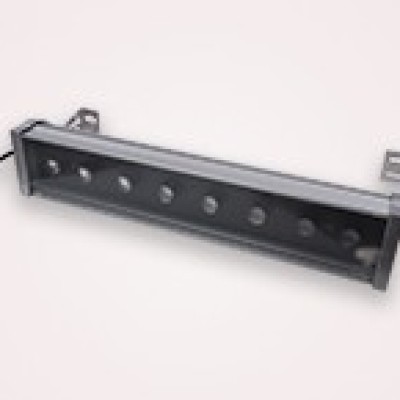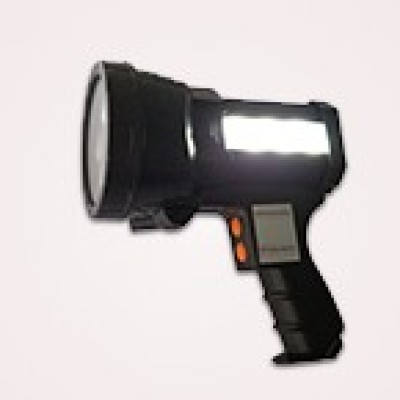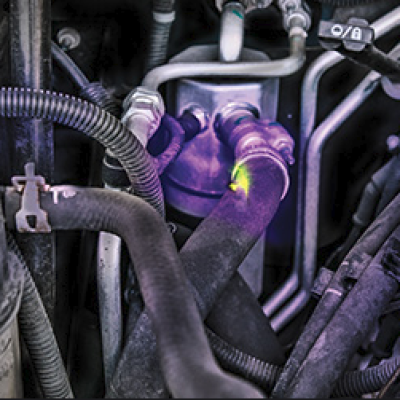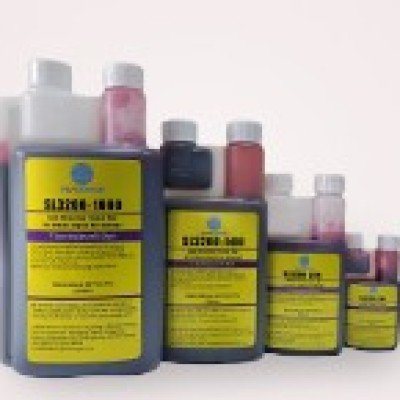The many roles of NDT in aerospace(Author: sunlonge)
For both civilian and military purpose, aerospace manufacturing is subjected to tough design usage and quality standards. Moreover, they also need to strictly verify the quality of the aircraft engine, body, and related components before the operation and frequently during service. This is to address the high stake of human lives associated with the industry.
NDT has been a primary quality assessment and component inspection practice in aerospace industries for decades. It ensures the provision for inspection a wide range of components quickly and efficiently in a volumetric manger. For this, the aerospace industry has been replying on NDT solution provider that helped industries ensure flight safety for decades.
 NDT inspection for aircraft composites– SL8904-Aerospace RRES90061 Meets Rolls-Royce RRES 90061 Requirements ASTM E1417, ASTM E1444, ASTM E 709, ASTM E2297, ASTM E3022 compliant Meets ASTM UV-A intensity and wavelength specifications for FPI and MPI.
NDT inspection for aircraft composites– SL8904-Aerospace RRES90061 Meets Rolls-Royce RRES 90061 Requirements ASTM E1417, ASTM E1444, ASTM E 709, ASTM E2297, ASTM E3022 compliant Meets ASTM UV-A intensity and wavelength specifications for FPI and MPI.
Composites are extensively used in the aerospace industry for components such as the body frame, engine blades, wings, and fuselage. It is a desirable choice due to its lightweight quality while providing similar structural strength as other metals. The defects induced in these composites during manufacture or in-service can be successfully detected using NDT instruments with a proper inspection technique.
Examining Aircraft components with NDT- SL8904-Aerospace RRES90061 Meets Rolls-Royce RRES 90061 Requirements ASTM E1417, ASTM E1444, ASTM E 709, ASTM E2297, ASTM E3022 compliant Meets ASTM UV-A intensity and wavelength specifications for FPI and MPI.
Every takeoff and landing takes a toll on the aircraft wheel due to extreme heat and braking force. As an important part of the aircraft, wheels should be subjected to NDT inspection for potential defects like cracks. For improved accuracy, faster inspection, and cost efficiency, many technicians trust NDT.
Maintaining Standards with NDT in Aerospace industry
The integrity of military aircraft is important in ensuring mission readiness, which is why they have to be inspected to meet certain design and manufacturing standards. Quality technicians with different levels of expertise periodically inspect to ensure component quality using NDT. In addition, NDT can serve to detect dangerous flaws and discontinuities with the powerful and precise ability.

The value of commercial aircraft associated with its top-tier performance that can provide travel efficiency while ensuring the safety of the crew and passengers. This can be achieved by identifying the underlying defects that can affect the integrity of the aircraft components. NDT can produce high-quality inspection results in less time versus many legacy inspection approaches, facilitating quality assurance with less downtime.
Different inspection technologies have been used for aircraft inspection, but many have not been as efficient as NDT. The NDT inspection can be made easier and aviation standards can be maintained with NDT in the aerospace industry.
 CN
CN

